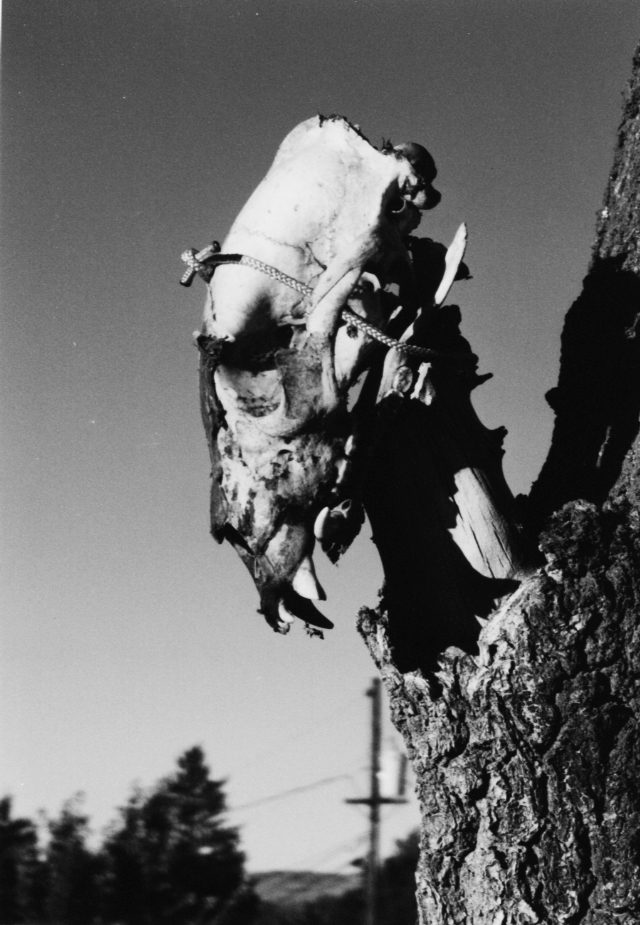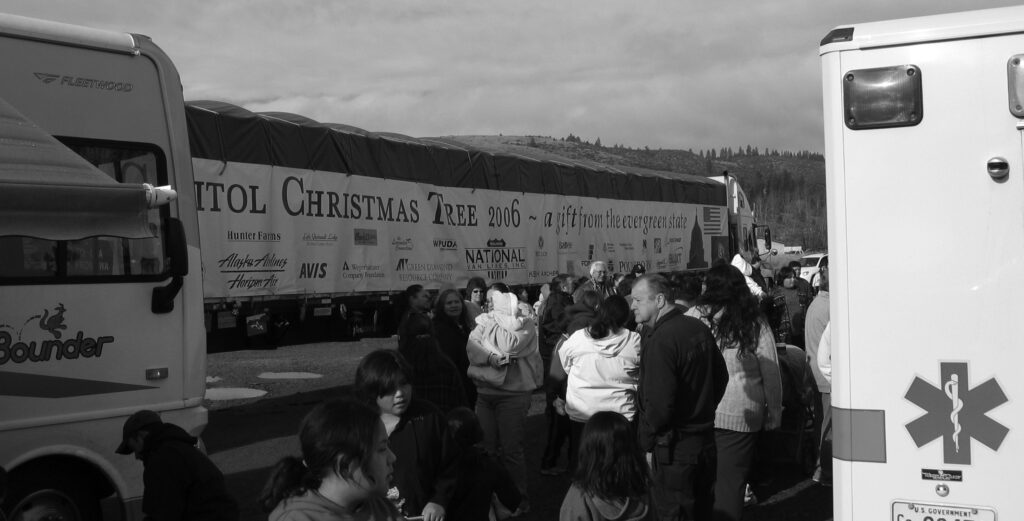Excerpts
There comes a point in advanced addiction where the addiction becomes your life. It’s what you eat and breath. If you aren’t acting out, you’re trying to figure how not to act out, or thinking about acting out, or living in a fantasy where acting out is no longer necessary because the magic answer has taken care of everything, and there’s no longer anything to be afraid of, responsible for or in charge of.
At some point, you make a choice — or have it made for you — quit or die. Other options are insanity or prison. If you think this is a no-brainer, you’re not an addict.
I crawl out of one of the jungle-choked water chutes that make a trip to the meadow more adventurous than a walk in the park. I wipe blood off my cheekleft from a run-in with hawthorn, try to regain my temper (lost sliding 10 feet downhill through the brush), and look upslope. In the talus not far from where my brother and I sat waiting long ago is a bear carcass.
The bear died hard; on its belly, head down hill, with its front feet out in front of it and a snarl on its face. One of its canines is broken. It died last fall before it snowed, and it’s somewhat mummified. Only bones, claws, teeth and hide remain. Creatures living under the snow took care of the rest of it.
After yesterday’s ursine encounters, I’m touched in a profound way. When the mountain gives me a gift like this, it’s always a sacred experience. I take the claws and try to cut the skull loose with my K-Bar, but the knife won’t penetrate the freeze-dried hide. I need a saw, and the nearest one is six miles away.
Before I journey back to White Bird, and before I go back to Nespelem, I’ll be back in the East Fork of Blue Creek.

Arrayed around the sign in the parking lot is an encampment of school buses, a community ambulance, sheriff ’s deputies, Tribal police officers, Forest Service guys and gals and their big, shiny tanker truck reserved for fires and parades, the 11-strong, all-white Coulee Dam High School band and a mix of 150 white and Native folk.
I’m flabbergasted.
East of the sign is a bulky four-wheel-drive diesel pickup hooked to a fifth-wheel flatbed trailer. On the trailer are two groups of Native Americans. Four men surround a large drum, beating a good, steady rhythm. Five kids in traditional dress are dancing to the rhythm under direction of an old woman I conclude must be their grandmother. She’s wearing a sky-blue, beaded buckskin dress.
West of the sign, on a semi-trailer with Alabama license plates, tucked into a predominately red, white and green box — reminiscent of a 70-foot, gift-wrapped bottle of Johnny Walker Red — is the Capitol Christmas Tree.
I am more flabbergasted.

